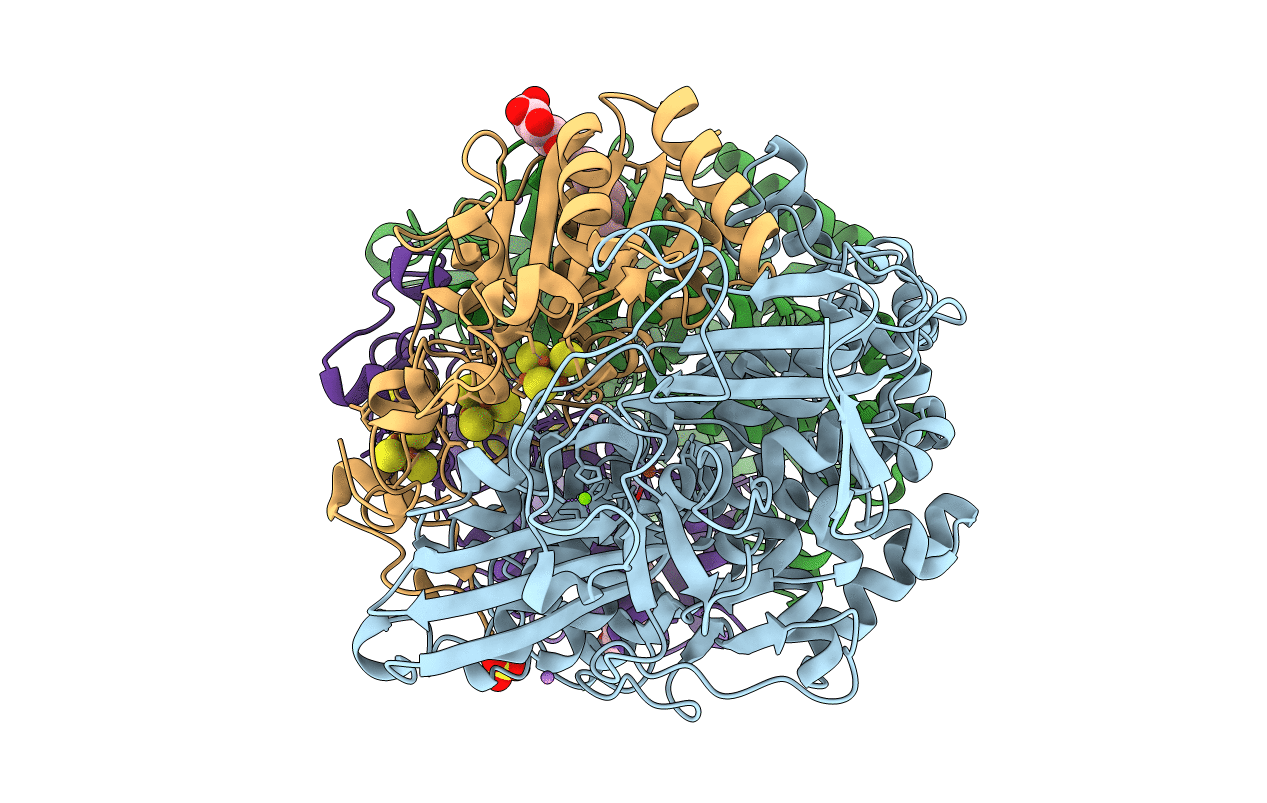
Deposition Date
2019-05-13
Release Date
2020-03-25
Last Version Date
2024-11-06
Entry Detail
PDB ID:
6RP2
Keywords:
Title:
Threonine to Cysteine (T225C) variant of E coli hydrogenase-1
Biological Source:
Source Organism:
Escherichia coli K-12 (Taxon ID: 83333)
Host Organism:
Method Details:
Experimental Method:
Resolution:
1.35 Å
R-Value Free:
0.15
R-Value Work:
0.14
R-Value Observed:
0.14
Space Group:
P 21 21 21


